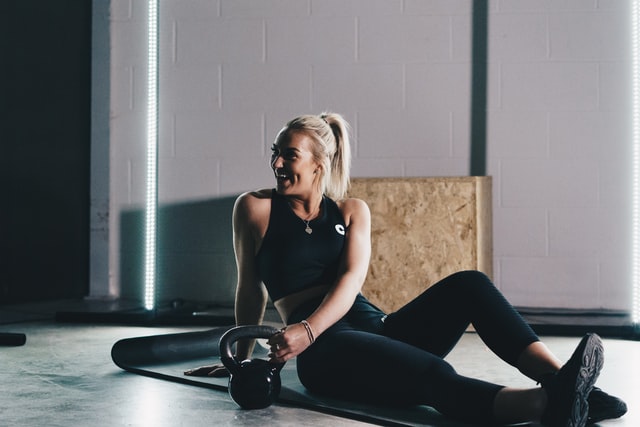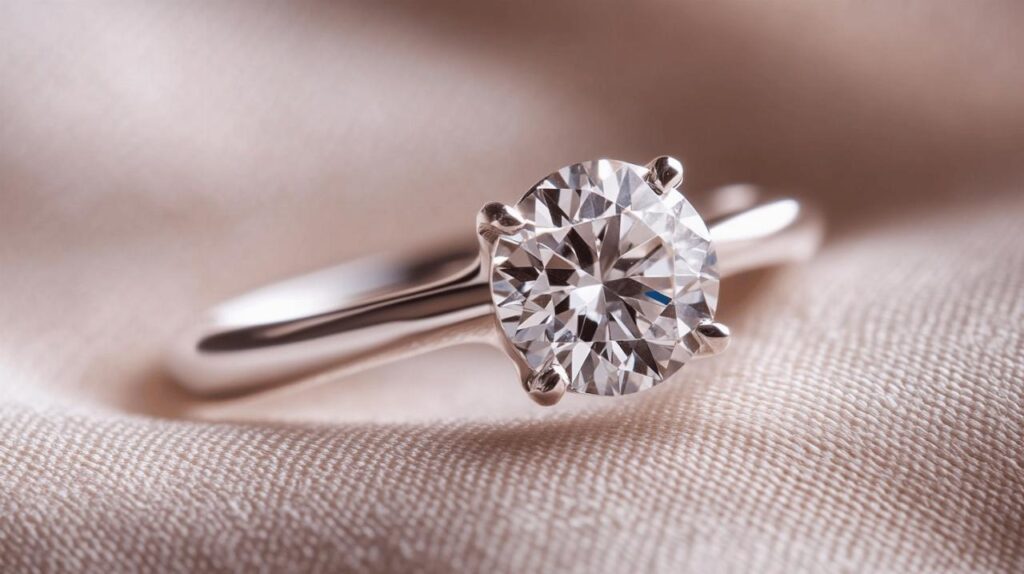Finding the perfect pair of eyeglasses can transform not only your vision but also your entire appearance. The right frames can enhance your best features, complement your personal style, and provide the comfort you need for everyday wear. With countless frame options available today, understanding how to match eyewear to your unique facial characteristics is essential for making a confident choice.
Identifying your face shape
Before shopping for eyeglasses at Optical Center UK or any eyewear retailer, determining your face shape is the crucial first step. This fundamental aspect of frame selection will guide all your subsequent choices and help narrow down the overwhelming variety of options.
Key facial measurements and proportions
To identify your face shape, pull your hair back and look straight into a mirror. Examine the width of your forehead compared to your jawline, the length of your face from forehead to chin, and the prominence of your cheekbones. You might also take a photo of yourself facing forward and trace the outline of your face on the image to see the shape more clearly. Some optical retailers offer virtual try-on services that can help analyze your face shape automatically.
Common face shape categories and their characteristics
While facial structures are as unique as fingerprints, most people fall into one of seven common categories. Oval faces have balanced proportions with a forehead slightly wider than the chin. Round faces feature soft curves with similar width and length dimensions. Square faces display strong jawlines with roughly equal width measurements at the forehead, cheekbones, and jaw. Heart-shaped faces have wider foreheads that taper to a narrower chin. Diamond faces show narrow foreheads and jawlines with wider cheekbones. Triangle faces have narrow foreheads with wider jawlines, while oblong faces are longer than they are wide with relatively straight sides.
Matching frames to round faces
Round faces benefit from frames that add definition and create the illusion of a longer, more angular appearance. The goal is to complement the soft curves with contrasting geometric elements.
Angular frames that add definition
Square and rectangular frames work exceptionally well for round faces by introducing straight lines that contrast with natural facial curves. Look for frames with bold angular silhouettes that sit high on the face. Clear bridge designs can also help create visual separation between the eyes. Many designer eyewear brands offer narrow, angular frames specifically suited for rounder face shapes. Consider frames with decorative elements at the upper corners to draw attention upward and create a lengthening effect.
Frame styles to avoid for round faces
When shopping for prescription lenses or sunglasses with a round face, avoid perfectly circular frames as they tend to echo your natural facial contours rather than provide contrast. Small round frames particularly emphasize the roundness of your face. Similarly, very delicate frames without defined shapes may not provide enough structure to balance your features. Rimless styles sometimes lack the visual weight needed to create definition for round face shapes.
Complementary frames for oval faces
Those blessed with oval face shapes enjoy the most versatility when selecting eyewear. This balanced face shape works well with nearly all frame styles, making it easier to focus on personal preference and current eyewear trends.
Versatile frame options for balanced proportions
Oval faces can confidently explore a wide range of frame styles including aviators, cat-eye shapes, and geometric designs. Solid frames with substantial shapes can make a bold fashion statement without overwhelming your balanced features. The natural proportions of oval faces accommodate both classic and trendy eyewear equally well. This versatility extends to sunglasses as well, where oversized frames and wrap-around styles can look particularly flattering.
Maintaining facial harmony with proper sizing
Even with the flexibility that oval faces enjoy, proper sizing remains important for optimal aesthetic results. The frames should align with your eyebrows and not extend beyond the width of your face. For the most harmonious look, select frames that maintain the natural balance of your face without introducing extreme proportions. The top of the frame should follow the line of your eyebrows, while the bottom should not touch your cheeks when you smile.
Selecting frames for square faces
Square faces are characterized by strong jawlines and defined angles. The ideal eyeglasses for this face shape help soften these angular features while maintaining a sense of balance.
Rounded and oval frames to soften angles
Circular and oval frames create an excellent contrast to the natural angles of a square face. These curved shapes help soften the defined jawline and strong forehead typical of square faces. Sleek metal frames in rounded styles offer a sophisticated option that complements rather than competes with strong facial features. For those who wear both glasses and contact lenses, having a pair of round frames provides a nice visual change when switching between the two.
Creating balance with frame thickness and curves
The thickness of your frames matters just as much as their shape when fitting a square face. Frames with thinner rims along the bottom edge can help diminish the appearance of a strong jaw. Styles with curved edges and smooth transitions avoid adding more angles to an already angular face. For sunglasses, wraparound styles with rounded edges can complement square faces beautifully while providing excellent sun protection.
Frames that flatter heart-shaped faces
Heart-shaped faces typically feature wider foreheads that taper to narrower chins. The right eyeglasses can create balance between these proportions while enhancing your natural features.
Bottom-heavy frames to balance wider foreheads
Frames that carry more weight or detail along the bottom edge help create visual balance for heart-shaped faces. Styles that are wider at the bottom than the top provide a counterpoint to the natural facial structure. Aviator frames often work well as they tend to be broader at the bottom. Frame styles with decorative elements or thicker rims along the lower portion draw attention downward, creating harmony with the wider forehead.
Rimless and lightweight options for delicate features
Heart-shaped faces often have delicate chin areas that can be complemented by lighter frame styles. Rimless or semi-rimless designs provide definition without adding heaviness to the lower part of the face. Cat-eye frames can work particularly well as they emphasize the outer corners of the eyes while remaining lighter around the chin area. For sunglasses, gradient lenses in bottom-heavy frames offer both style and functional benefits for heart-shaped faces.
Frame size considerations
Beyond shape, the size of your eyeglass frames plays a crucial role in creating a harmonious look that complements your facial features.
Proper proportions for different facial features
Frame width should generally align with the width of your face, with no more than a finger’s width of space between the temples and your face. For smaller faces, frames with lens widths under 50mm typically provide the best fit, while larger faces may require lenses measuring 56mm or more. The bridge size is equally important and should fit comfortably across your nose without pinching or sliding. Many optical services now offer specialized sizing consultations to help find the perfect proportions.
Avoiding overwhelmingly large or small frames
Frames that are too large for your face can create a disproportionate appearance and may slip down your nose constantly. Conversely, frames that are too small can create visual tension and appear outdated or insufficient for your features. For children’s eyewear, proper sizing is particularly important as ill-fitting frames can affect comfort and vision correction. Virtual try-on tools offered by many eyewear brands can help visualize how different sizes will look before making a purchase.
Choosing frame colors
The color of your eyeglass frames can dramatically impact how they complement your overall appearance and enhance your natural coloring.
Complementary colors for your skin tone
Warm skin tones with yellow or golden undertones pair beautifully with frame colors like tortoiseshell, brown, gold, olive green, and honey. Cool skin tones with pink or blue undertones look striking with frame colors such as silver, black, blue, purple, and gray. Neutral skin tones enjoy the most flexibility and can wear virtually any frame color successfully. Many designer eyewear collections offer their popular styles in multiple colorways to accommodate different complexions.
Making a style statement with color contrasts
Bold frame colors can serve as an eye-catching accessory and personal style statement. Contrasting your frame color with your eye color can make your eyes appear more vibrant—blue frames can enhance brown eyes, while purple frames can make green eyes pop. For those who wear eyeglasses daily, having multiple frame colors allows for coordination with different outfits and occasions. Some optical retailers offer frame color customization services for truly personalized eyewear.
Ensuring proper fit and comfort
Even the most stylish eyeglasses will be a poor choice if they don’t fit properly and feel comfortable during extended wear.
Signs of well-fitting eyeglasses
Well-fitting frames should sit securely without pressing into your temples, nose, or ears. Your eyes should be centered within each lens, and the frames should not touch your cheeks when you smile. The weight of the glasses should be evenly distributed across your nose and ears to prevent pressure points. When you look down or move your head, properly fitted frames should stay in place without sliding. Many vision care specialists recommend periodic fit checks, especially for prescription lenses that require precise positioning.
Adjustment options for maximum comfort
Most quality eyewear can be adjusted by optical professionals to perfect the fit for your unique facial structure. Temple arms can be shortened, lengthened, or curved to better fit the contour of your ears. Nose pads can be adjusted to distribute weight more evenly and prevent the frames from sliding down. Frame materials like titanium and flexible acetate offer both durability and adaptability for fit adjustments. Regular maintenance appointments for your eyeglasses can help ensure continued comfort and proper fit as frames naturally shift with wear.



